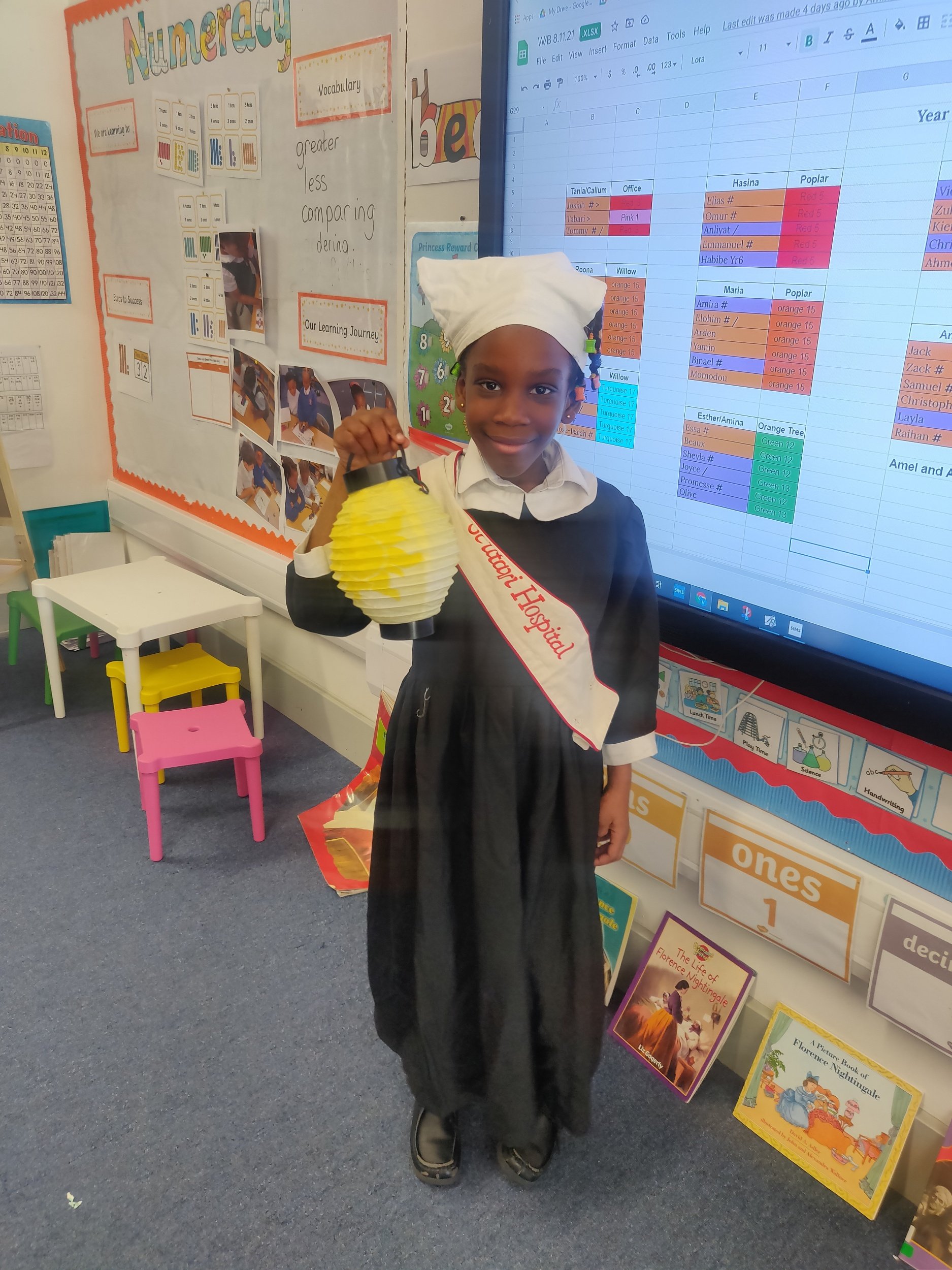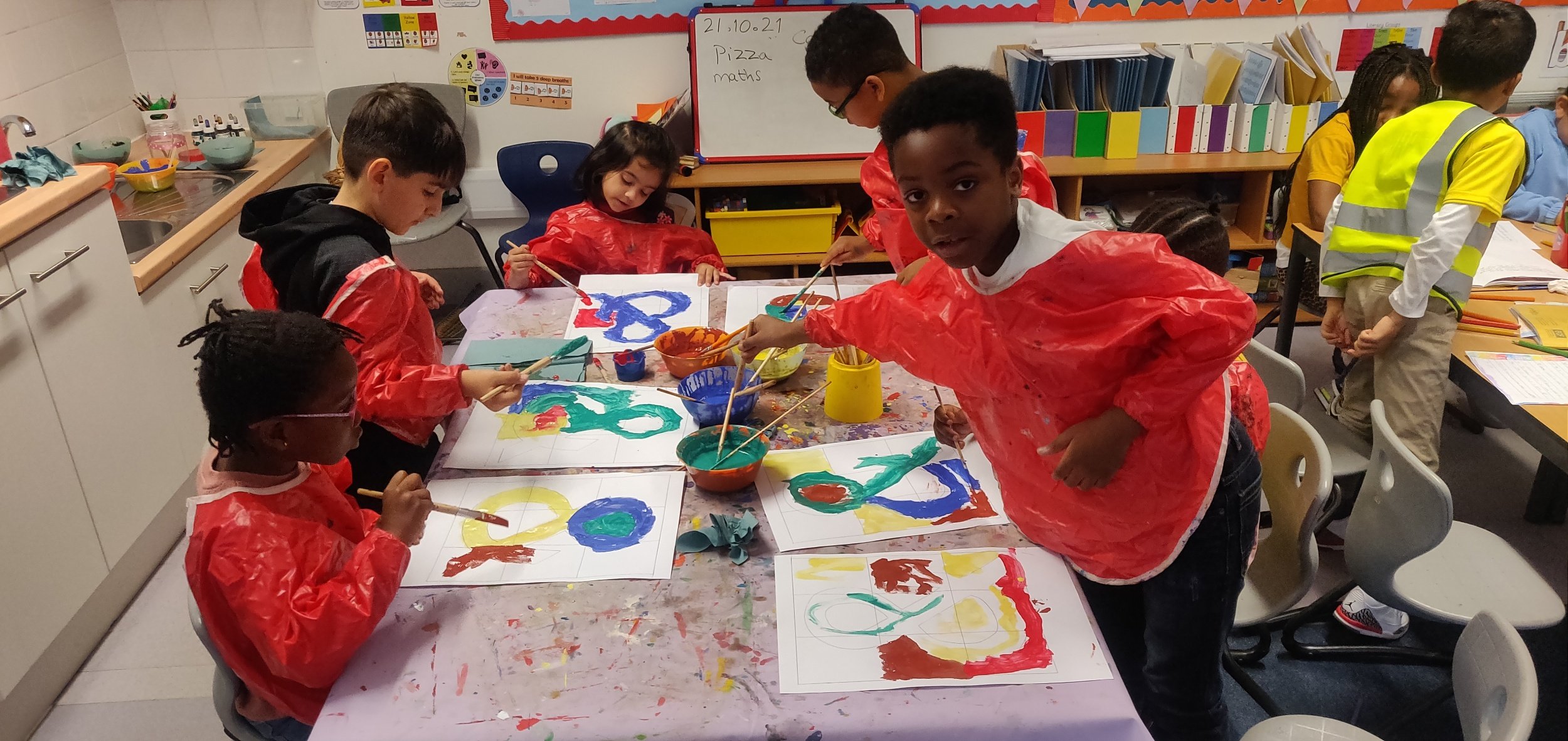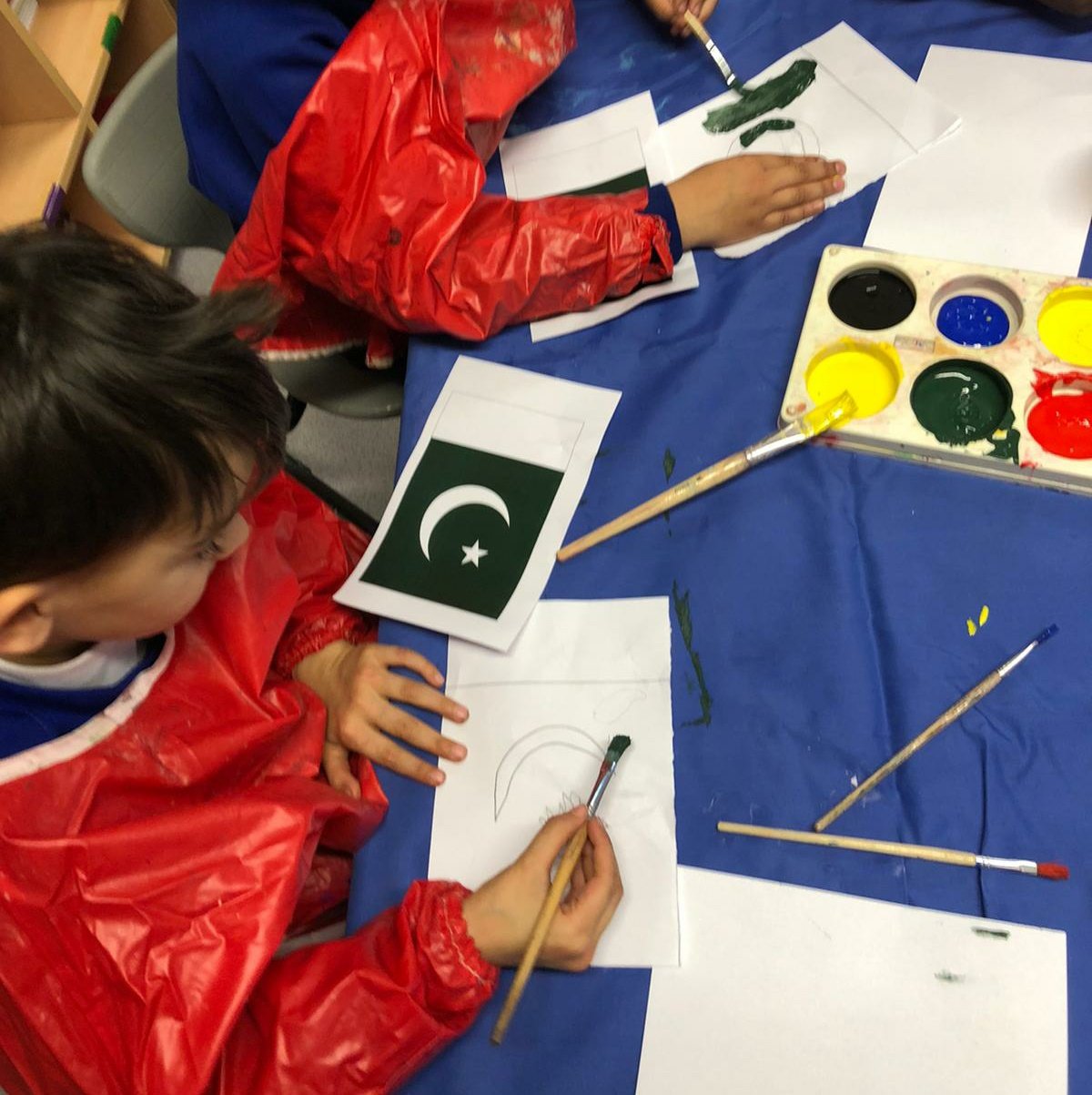Judaism - Making challah bread
In Judaism, Poplar class made challah bread as this is a traditional bread eaten during Hanukah. It was tricky to make, but everyone enjoyed having a little taste at the end.
In Art, children learnt all about Barbara Hepworth today. She was a famous artist who specialised in abstract sculptures. Poplar class had a go at making their own sculptures using clay. It was a tricky medium to use, but some children produced some very good pieces.. Children had to wait for the clay to dry before they could take them home. There were abstract sculptures, some of mushrooms and even a couple of the Statue of Liberty.
In PHSE, Poplar Class children identified special people in their lives.
We discussed and explained what makes them special to us and why they are important in our lives.
We described the different ways our special people care for us and we recognised how we can care for them in return. We made a ‘thank you’ cards for our special person.
We did an experiment to find out what gets rid of germs the best. We used glitter to represent germs. Khadeejah wiped her hands on a paper towel. Mason washed his hands in cold water and Muntaha washed her hands in warm soapy water. Khadeejah still had a lot of glitter left on her hands. Mason and some glitter left but Muntaha had hardly any glitter left. This shows us that the best way of getting rid of germs is to use hot soapy water.
In Art, we've been learning about different hardnesses of pencils and how to shade. We realised that the more pressure you apply, the darker the result.
We had fun doing sketches of one another's faces, using an acrylic sheet and drawing the outline of what we saw. This was to help us see the proportions of the human face.
This half term we learnt about Florence Nightingale and Mary Seacole and the contribution they made to nursing.




We had an interesting week learning about Hackney and how it has changed over the years. We learnt about local artists George and Gilbert and made a piece of artwork in their style. We learnt about where are families are from and made flags.









We learnt about racism and what to do if someone is racist. We need to challenge racism wherever we see it because it's wrong. We made handprints so show that we are all different and special and deserve to be treated with respect regardless of our race, culture, language or ethnicity.

We are learning about the Great Fire of London in a cross curricular approach. In topic, we learnt why fire spread so quickly. In science, we’re learning about different materials and that wood is flammable. We know that the houses were built close together in Tudor London. So we conducted a science experiment to see if the houses we built would burn if they were spaced apart, or only if they were close together. We learnt that the houses that were close together burned down but ones that were spaced apart were safe.